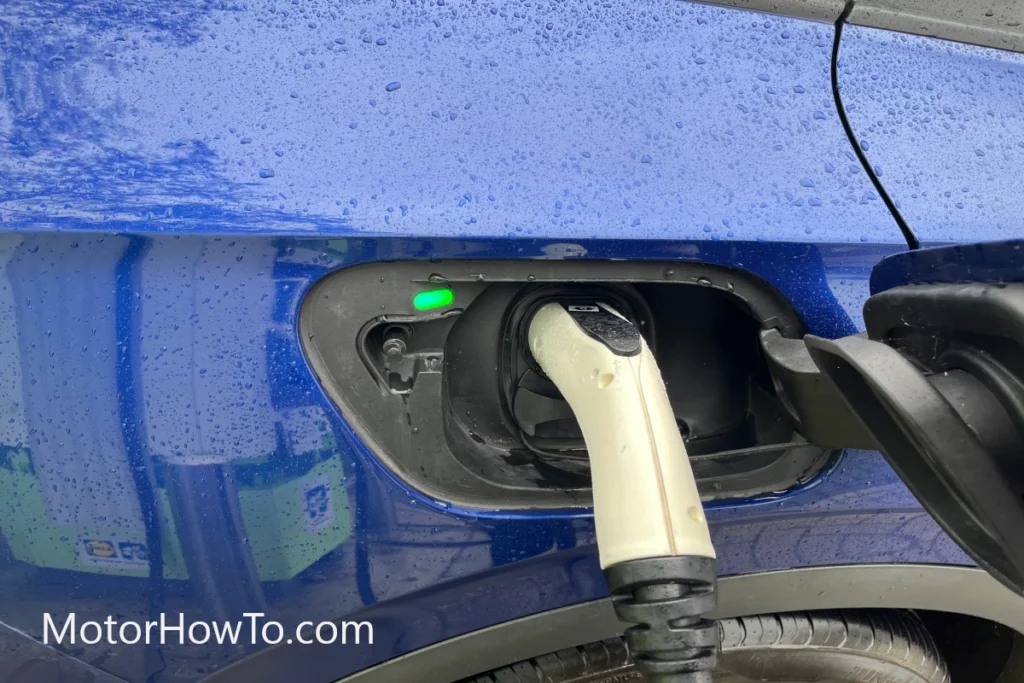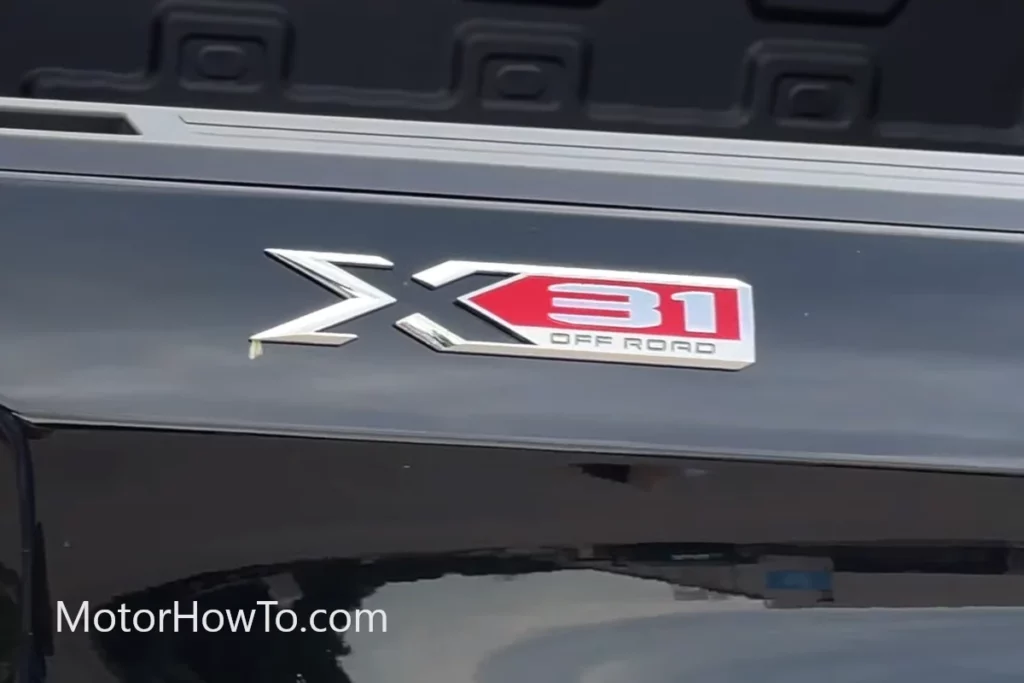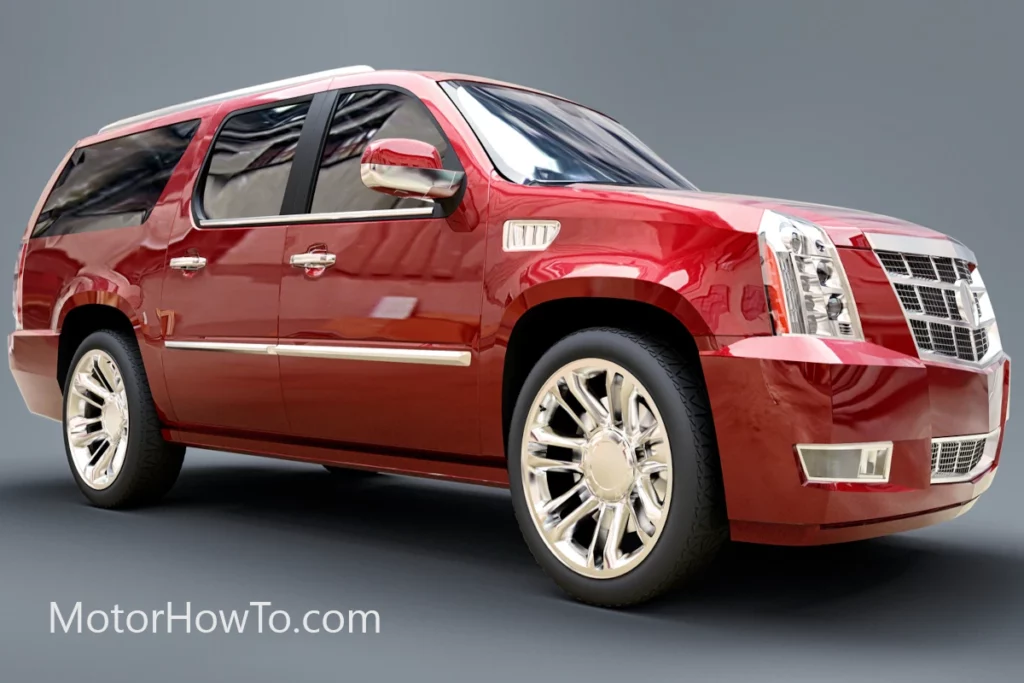The audio system in our car is of utmost importance since it contributes hugely to a car’s entertainment system.
The speakers in our car determine the quality of the music we hear. The bass and the treble matter a lot since, with the right quality and volume, the driver and the passenger will never want to stop enjoying the music.
However, if the audio is distorted, the music will become annoying after a point. This is where car speaker polarity comes in.
So, Do Car Speakers Have Polarity?
Yes, car speakers do have polarity. The car speaker rests in the default position when no electricity is passed through the speaker cables. The cone in the speakers begins to push outward and pull inward when the audio signal which is alternating current in nature is sent. Positive and negative pressure fluctuations result from the displacement of air particles caused by a speaker’s forward and backward vibration which is why they have polarity. If the polarities of the amplifier and speakers don’t match, the sound could get distorted and out of sync.
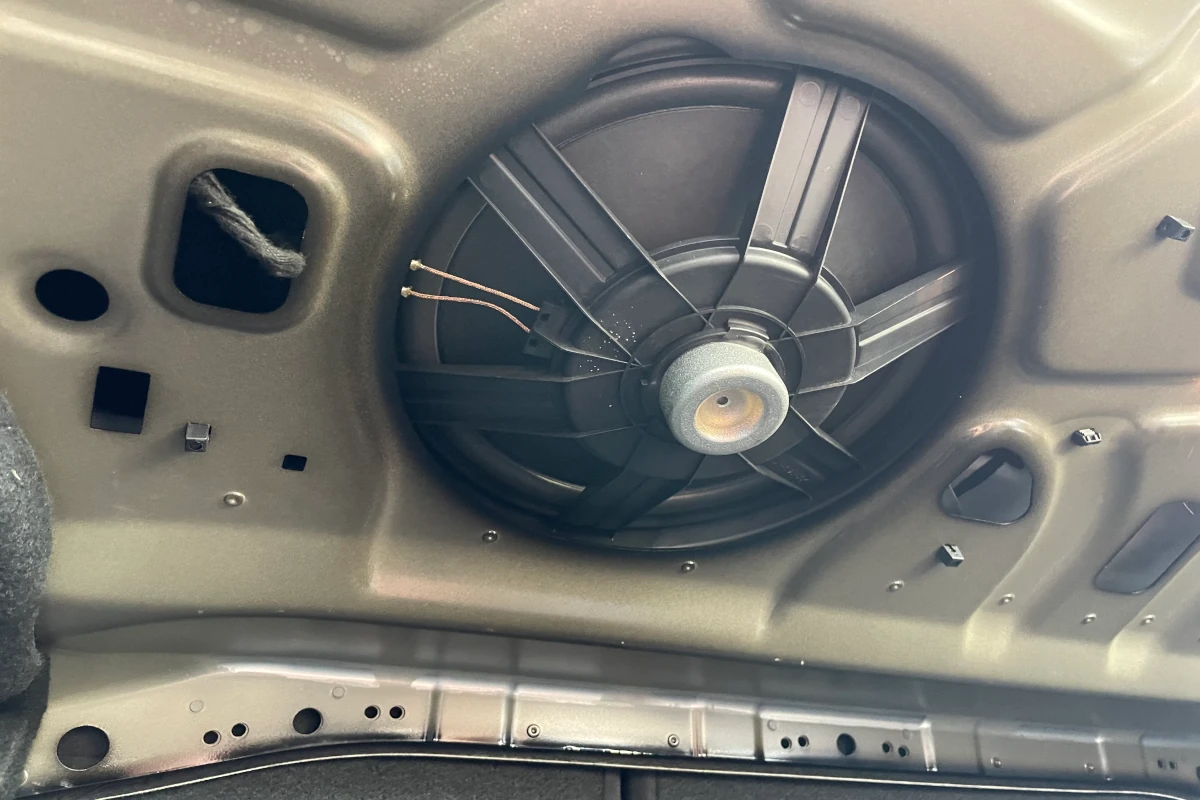
When the soundwave changes in a way greater than the room’s average air pressure, positive pressure is created in the atmosphere.
A negative pressure develops when the soundwave experiences a shift lower than the ambient air pressure in the space.
In the soundwave:
- Positive pressure is the peak
- Negative pressure is the trough
Whichever of the two pressures—positive or negative—arrives first determines the order.
In audio production, the alignment of one waveform concerning another is referred to as polarity.
It could therefore deviate positively (+) or negatively (-) from the stated median line.
The speaker will be in the correct polarity and synced when the positive amplifier terminal matches the positive speaker terminal, and the negative amplifier terminal matches the negative speaker terminal.
Related:
- Why Is Car Audio Or Stereo So Expensive? (Explained)
- Does Installing Car Audio Void The Warranty? (Read First)
- What Is A Car Entertainment System? (Explained For Beginners)
Does Polarity Matter When Wiring A Car Speaker?
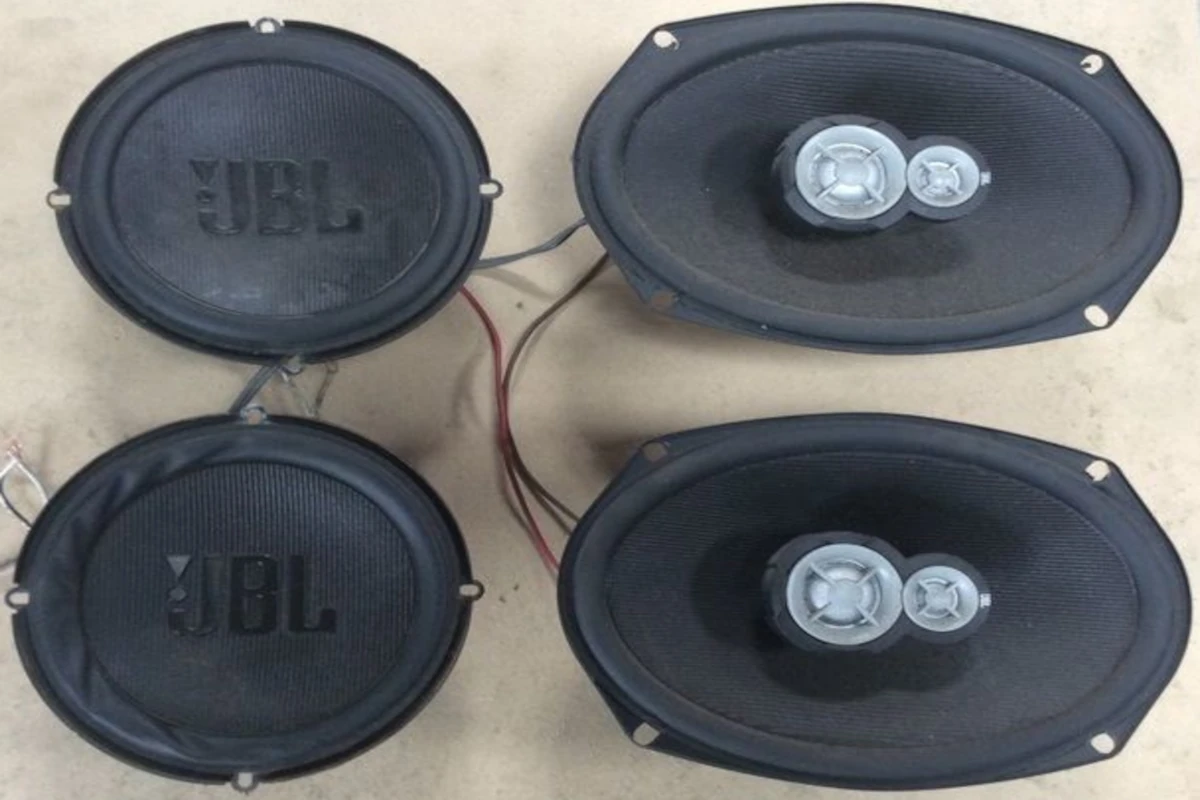
The answer is not straightforward, but we do recommend wiring your car speakers with the correct polarity, and here’s why:
Speaker with incorrect polarity is receiving the same voltages as a speaker with the correct polarity so your equipment and speaker won’t sustain any damage.
However, incorrectly wired (polarity) speakers won’t produce good acoustics and could sound abnormal, hence it is important to wire your speaker accurately to achieve the proper polarity so that you consistently receive high-quality sound.
Labeling the car speaker wires could prevent reversing the polarity, i.e when speaker wires are not correctly labeled for polarity, they may be accidentally reversed. The speaker becomes “out of phase” as a result of this activity, which produces strange audio effects.
Although a speaker or amplifier won’t be damaged, reversed speaker cables prevent effective power delivery and speaker response.
A stereo audio track’s phase can be altered using the out-of-phase stereo (OOPS) audio technology in order to isolate or eliminate specific stereo mix components.
It operates on the idea of phase cancellation, which states that when two waveforms that are identical but inverted are added together, they “cancel each other out.”
How Does Car Speaker Sound When Polarity Is Reversed?
You will notice the following changes in case of a reversed polarity:
1. Bass Gets Affected
When the polarity is reversed, bass responsiveness always worsens.
The pressurization of the air in the area around the speaker contributes to the production of bass tones.
The bass speaker moves in when it should move out when the signal is out of phase. The music loses its power and impact as the bass drum tones almost completely disappear.
2. Bad Imaging
When a pair of speakers successfully “projects” an audio image of the instruments in front of you, imaging has taken place.
This information blurs and sounds unorganized when a speaker is wired out of phase and is particularly relevant because it affects the other drivers in the speaker cabinet.
The bass and tweeter drivers both have mid-range frequencies. Dynamic stereo information “collapses” due to reversed wiring, significantly lessening the effect of the music.
3. Vague Treble
High frequencies lose focus when a speaker is improperly connected.
As a result, the treble is “airy,” making the space between the speakers appear bigger but less defined.
Even though some people want this, it is technically incorrect, because this applies to all drivers, this type of high-frequency response also has a negative impact on imaging and bass depth.
4. Cancellation
Cancellation happens when one speaker’s in-phase frequency engages in destructive competition with another speaker’s neighboring frequency, which has the opposite polarity.
This typically affects a pair of bass speakers, as a result, no bass is audible.
When the two speakers are placed in the same enclosure, inches between them, car subwoofer installations make a common mistake.
How Do You Test If Car Speakers Are Wired Correctly?
There are numerous ways to check whether you have the correct polarity for your car speakers:
1. Use Speaker Wire Labels
Check whether the amplifier’s red (+) terminal is connected and matches that on the speaker, likewise make sure the black (-) terminal is connected and matches that on the speaker.
2. Use a Speaker Tester
Various affordable speaker testers in the market can be used to check speaker polarity, speaker continuity, speaker cable, microphones, and much more.
3. Use A Smartphone
Several apps can help you test polarity.
Your smartphone’s audio output is connected to the system’s input to make it operate.
Next, position your smartphone’s microphone in front of the speaker you want to test.
To determine the polarity of the music coming from the speakers, the software will deliver a positive impulse to the system.
4. Test with 9V Battery
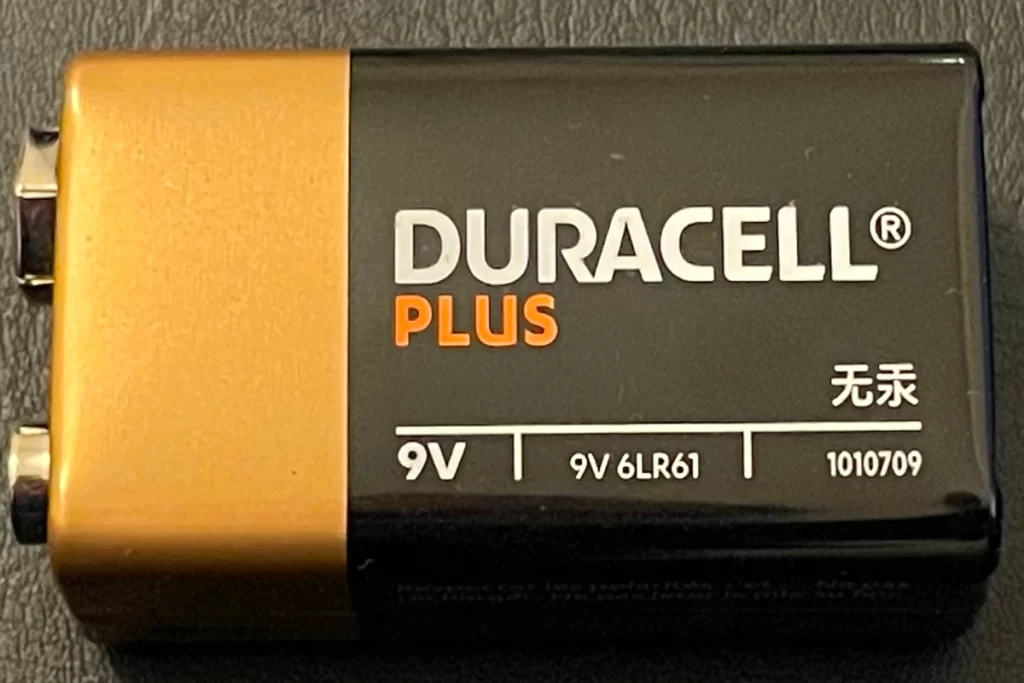
- First, connect one of the speaker wires to the 9V battery’s positive (+) terminal.
- Connect the other available speaker wire to the 9V battery’s negative (-) terminal.
- As you make these connections, pay attention to the speaker’s cone movement.
- If the speaker’s cone pushes outwards as you make the connection then the wire connected to the battery’s positive (+) terminal is the speaker’s positive (+)
- If the speaker’s cove moved inside as you make the connection then the wire connected to the battery’s negative (-) terminal is the speakers negative (-)
Nutshell
The effects of the wrong polarity vary from car to car. Sometimes, your speakers will work completely normal as long as the wire setting is not changed, irrespective of whether it is wrong or right. Sometimes, it will affect the quality of your sound.
However, either way, there is no real danger to the hardware, and you do not have to worry about damaging your speakers.

